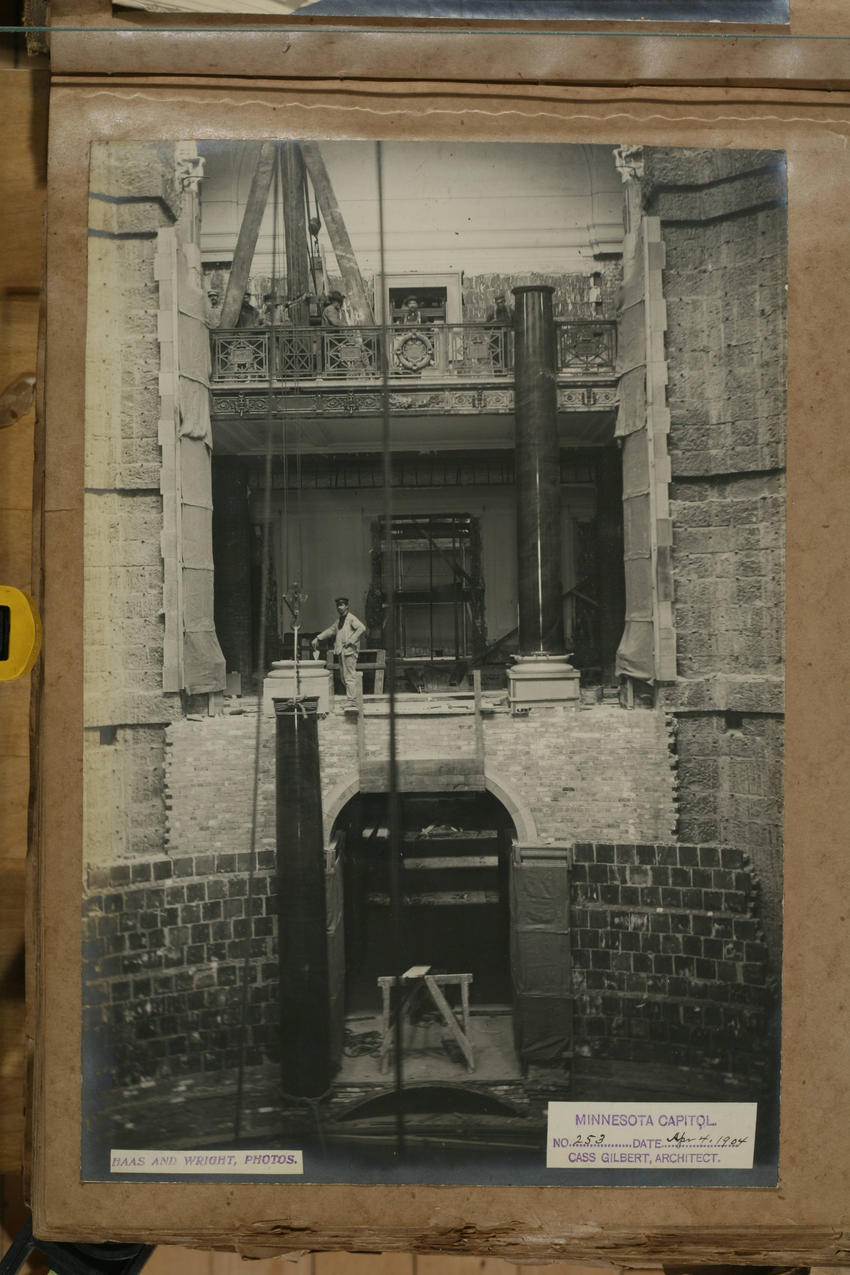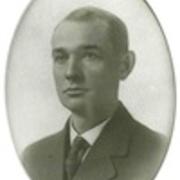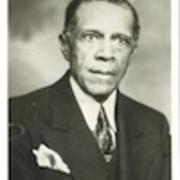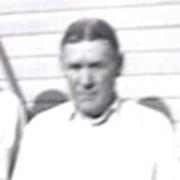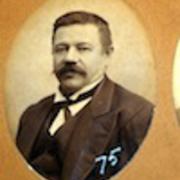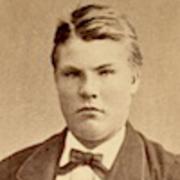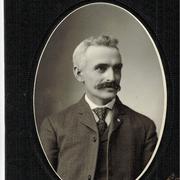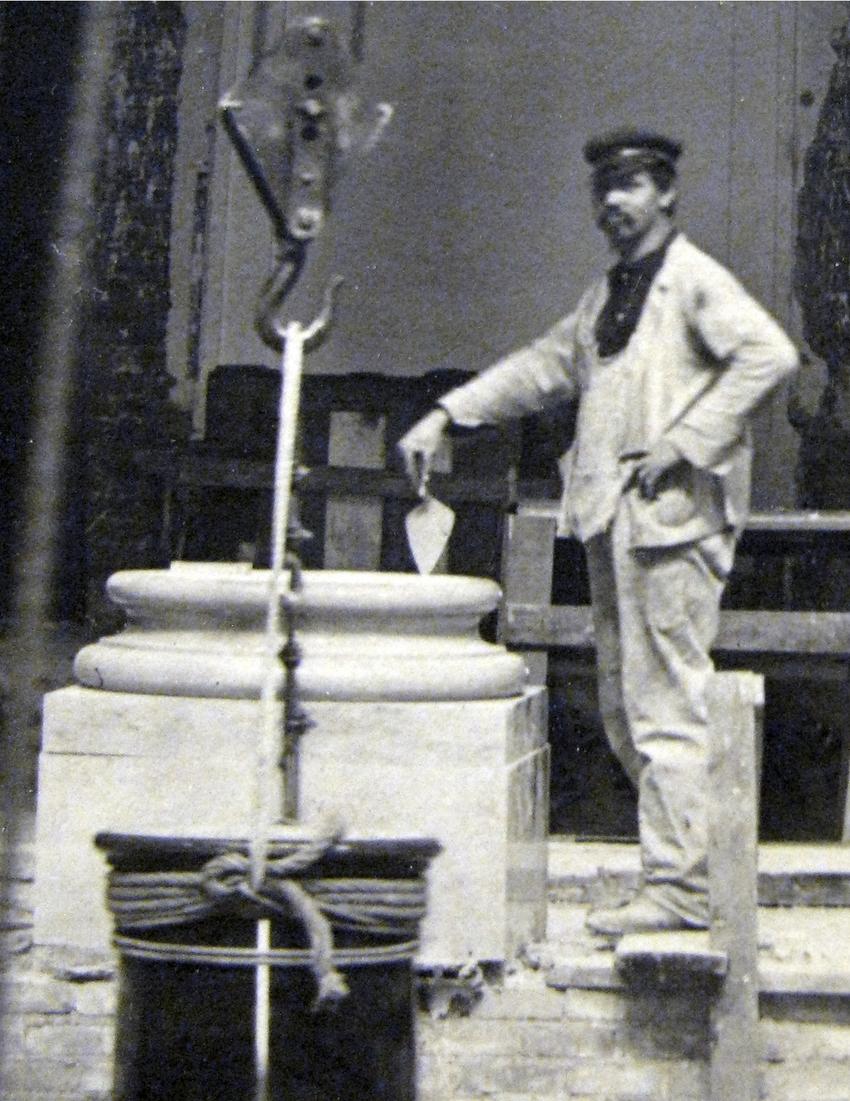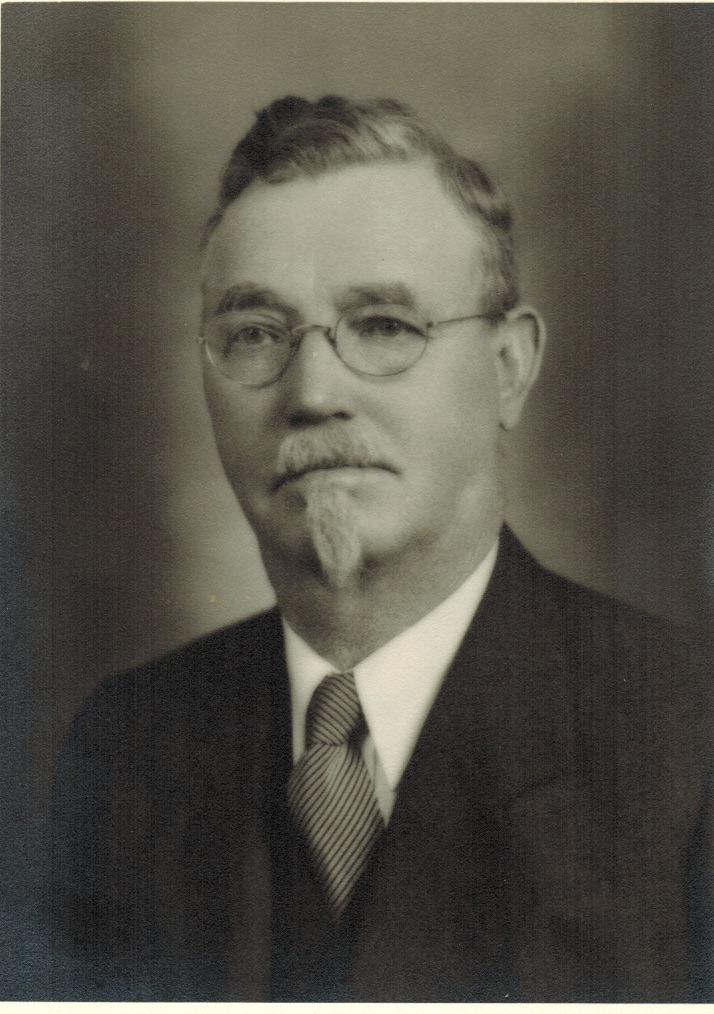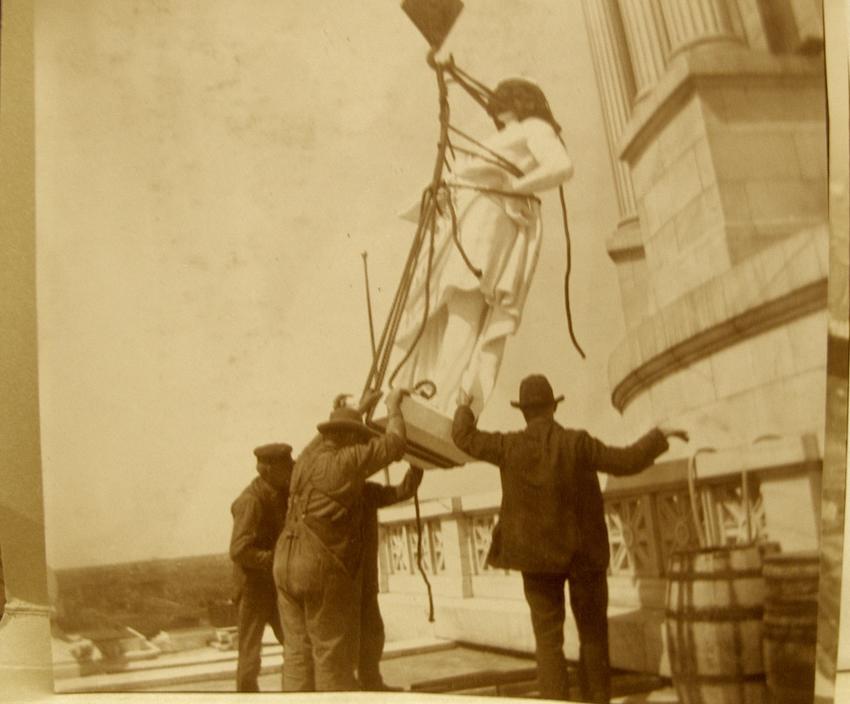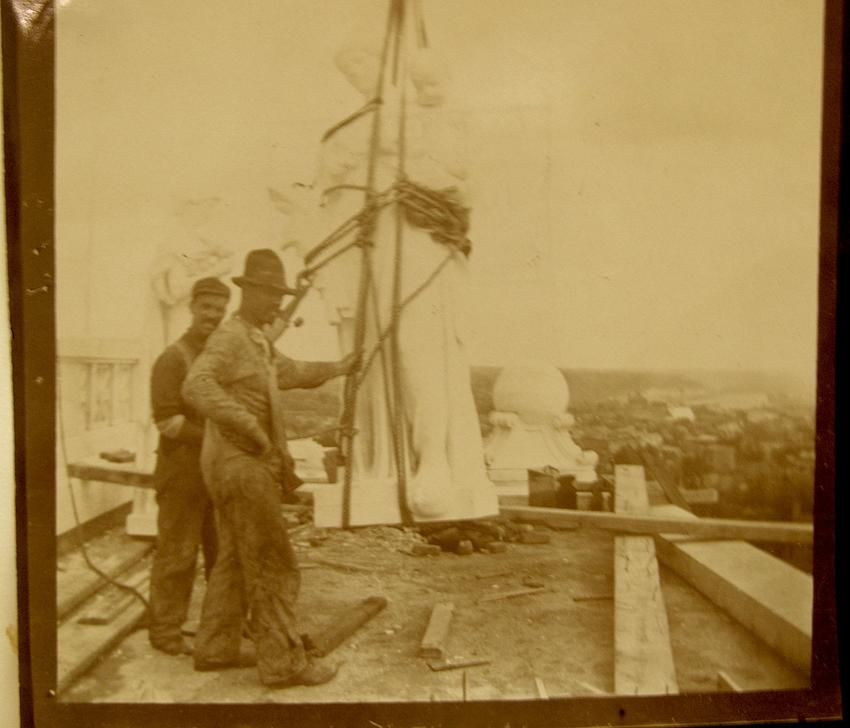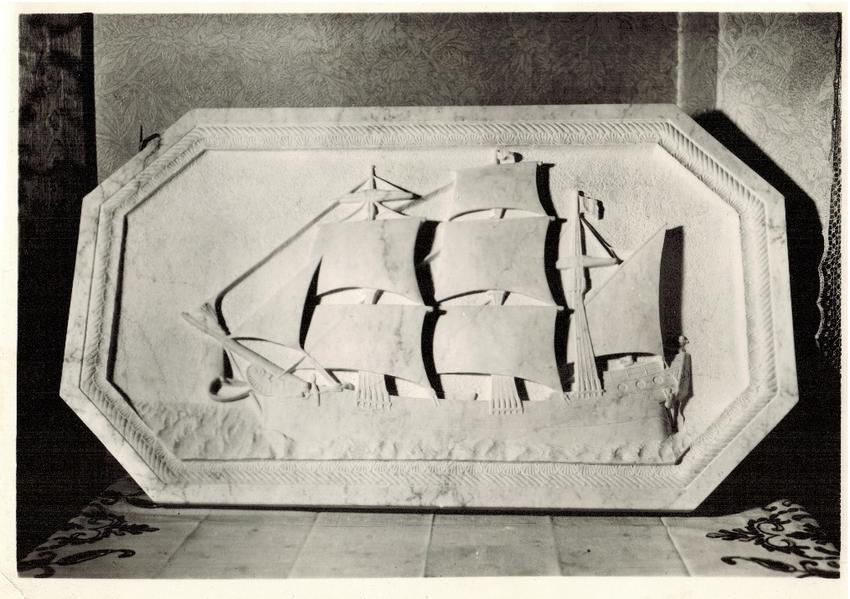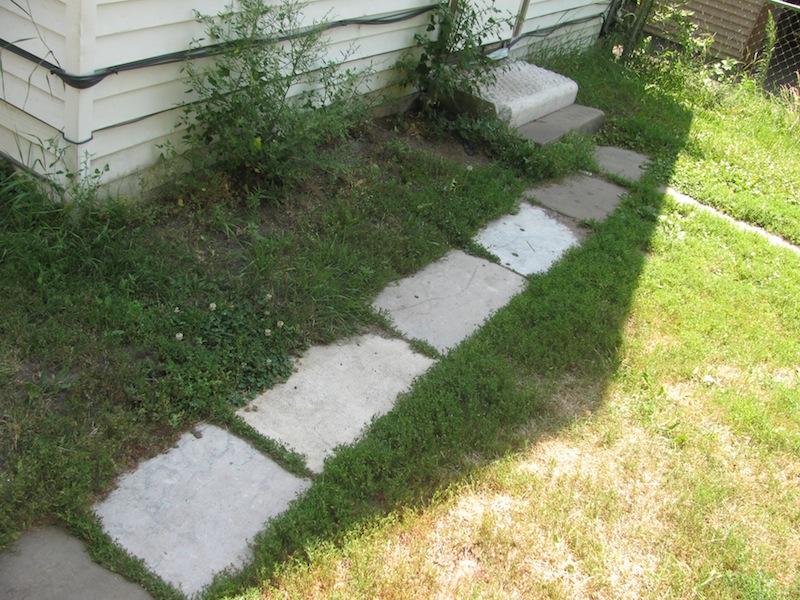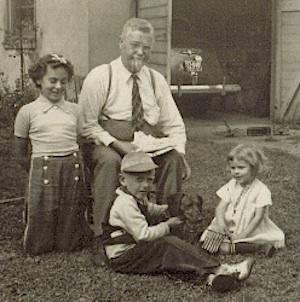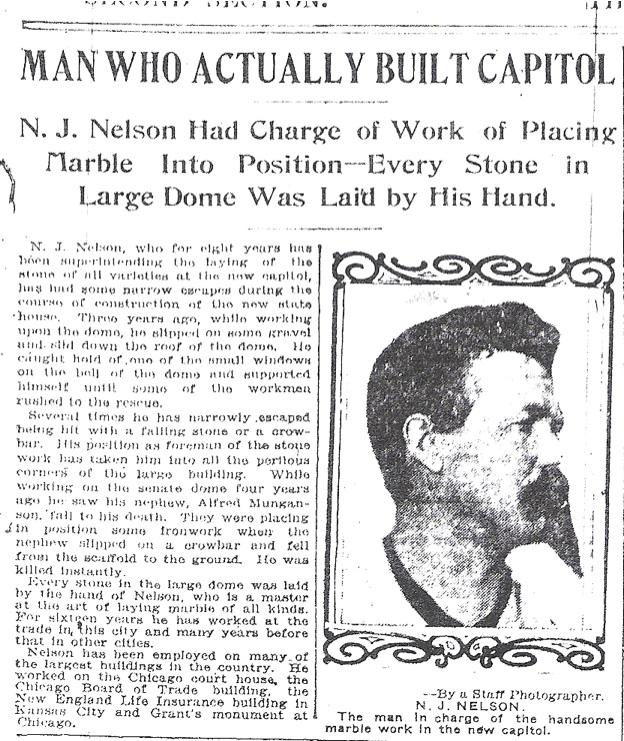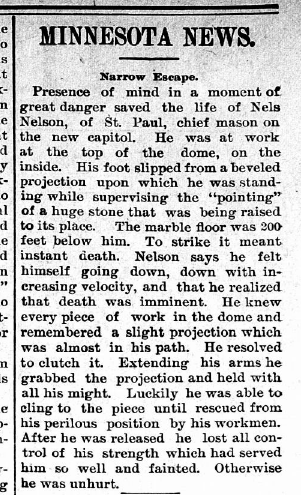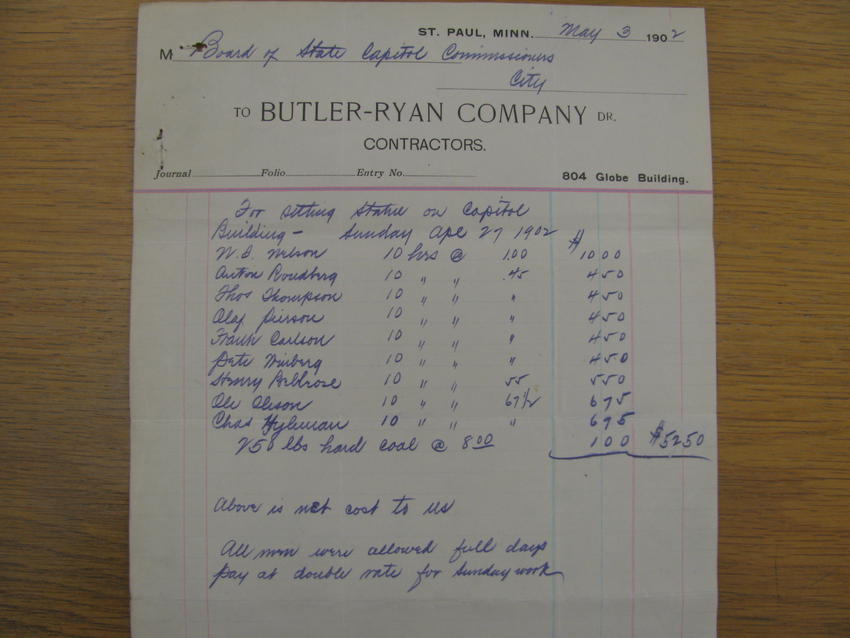
Nils Nelson
Nils Nelson-Master Stonemason By John Sielaff
Of the Swedes who worked on the construction of the Capitol possibly the best known around the job site was master stonemason Nils Nelson. Nils Nilsson was born in 1864 and grew up in Kristianstads län in southern Sweden. Nils’ birthplace, like his father Nils Jeppsson, was Vestra Lingby in the parish of Trolle Ljungby but when Nils was 10 the family, which included mother Ingar Svendsdotter and four sons and two daughters, moved to Edenryd in the neighboring parish of Ivetofte.
On his 18th birthday in 1882, Nils left home to seek his fortune in America. On his departure from Sweden he gave his occupation as “arbetare,” (worker,) rather than “drang,” (farmhand) although his father was considered a tenant farmer, indicating that the son had some work experience off the farm. [1] Later in life, Nils apparently claimed to have become acquainted with the use of ropes and pulleys from working as a sailor and this is not difficult to believe since Edenryd is close to the Baltic Sea.[2]
Like many other immigrant Swedes of this era, Nils Nelson (he always went by Nelson rather that Nilsson in America and usually used a middle initial, sometimes “J.” but usually “I.”) was young, single, and sought work in an urban area rather than the rural areas popular with earlier emigrants.[3] Chicago, which attracted more Swedes than any other American city, became Nil’s first destination. He claimed that he had worked as a stone mason on the construction of the Chicago Board of Trade Building which was built between 1882 and 1885, so this might have been one of his first jobs in the city. He probably started out as a construction laborer and during the construction boom of the 1880’s and moved up the ladder to become a much higher paid stone mason.
Nils married his wife, Clara, and their first daughter, Ida was born there in 1886. It is unknown what brought Nils to St. Paul, but construction trade workers, both then and now, commonly move to find work. In later years he said that he had worked on the New England Life Insurance Building in Kansas City, which was built between 1886 and 1887, and also the Chicago Court House completed in 1893.[4] Sometime between these moves Nils and Clara moved their home base to St. Paul and their other two children Paul and Hilda were born in Minnesota in 1889 and 1890.[5]
By 1895 Nils owned his own home at 1107 Payne Ave. in the Swedish community on the East Side of St. Paul and was working for Butler-Ryan Co. as a mason.[6] Butler-Ryan and their successor firm Butler Brothers were the contractors for the superstructure and finish of the Capitol and Nelson was the lead stone mason. As the building was being completed the Pioneer Press ran an article about Nelson calling him the “Man Who Actually Built the Capitol.”[7]
A memoir written by Emmett Butler, one of the Butler brothers, confirms that Nelson was their chief stone mason and that he and his crew set seventy five per cent of all the stone. Butler contributes an amusing anecdote about Nelson. Once when the Capitol’s architect, Cass Gilbert, was in town from New York inspecting the job he saw Nelson’s crew hoisting a large column into place and, thinking the rope was about to break, shut down the operation. Nelson exploded and was so insolent to Gilbert that Gilbert demanded that the Butlers fire him. There were even letters written assuring Gilbert that Nelson was “dismissed.” The Butlers called Nelson into the office to smooth things over and Gilbert tried to explain that the job was like a ship where he was the captain and the sailors had to follow orders without question. “’You’re a damn fool,’ Nelson rejoined. ‘Sailors don’t take orders from the captain. They take orders from the boatswain. Bill Butler is the captain around here. I’m the bos’n, and you’re just nothing.’”[8] How this was resolved is not known. The Butlers would not have wanted to lose one of their most valued employees so I suspect Nelson may have been sent to one of Butler’s other jobs until Gilbert returned to his New York office. The incident happened in December of 1903 but the Butler Brothers submitted a bill to the Capitol Commission for extra work done in 1904 and 1905 and N.I. Nelson’s name appears on it numerous times as the foreman stone setter. His pay, at 55 cents an hour is equal to that of John Butler, one of the company owners. [9]
Nelson probably felt he had just as much, if not more, invested in the Capitol as Gilbert. In April of 1902 when he was setting the marble at the very top of the dome he slipped on some gravel and would have fallen to his death if he had not been able to catch himself on one of the small dormers as he was sliding down the dome.[10] On June 25, 1900 his nephew Alfred Magnuson, also a stone mason, became the fourth death on the job when he fell while setting roof trusses over the Senate chamber. He was brought to the hospital but died four days laterat the age of 23.[11] Magnuson, the son of Nil’s older brother Magnus Jeppsson, was unmarried and he had only been in the country four years. He was five years old when Nils struck out for America back in 1882, so he may have had some memory of his uncle and read some “America letters” from him. His family moved around within the parish of Ivetofte during his childhood and his mother died in 1895, the year before he left for America.[12] Magnuson is buried in an unmarked grave in Union Cemetery in Maplewood not far from Nelsons plot. The nephew’s gravestone must have been something that Nils just never got around to.
In 1918 Nils I. Nelson attempted to return to the Capitol building as a State Representative from his District 37 in St. Paul. He was beaten in a tight race by lawyer Charles A. Oberg, another Swedish immigrant. [13] Oberg was endorsed by the St. Paul Daily News for being “progressive with a good record as an alderman and would make a capable legislator.”[14] These were officially non-partisan contests and one might wonder what had inspired Nelson, a political neophyte, to enter the race.
[1] Swedish Church Records [2] Pioneer Press Dec. 24, 1904, 3. [3] They Chose Minnesota [4] Pioneer Press Dec. 31, 1904 7. [5] 1900 Census [6] St. Paul City Directory 1905. [7] Pioneer Press, Dec. 31, 1904 7. [8] Emmett Butler memoir, letter in MHS Dec. 4, 1903, NYHS records [9] Capitol Commission papers, MHS. [10] Pioneer Press, Dec. 31, 1904, NYHS [11] Pioneer Press June 26 and 30 , 1900, St. Paul Globe, June 30, 1900, NYHS [12] Swedish Church Records [13] Minnesota Secretary of State official records: Nils Nelson 1,150, Charles Oberg 1,273 [14] St. Paul Daily News Nov. 4, 1918 p.3
